Härkila's 40th Anniversary
Functionality First
Härkila's 40th anniversary is the culmination of a long history of passionate hunters, textile technology innovation, and stubbornness. Hunting journalist Jens Ulrik Høgh has taken a deep dive into the origins and legacy of Härkila.
Härkila's easily recognizable products can be seen all over Europe's hunting grounds, and most hunters are aware of the brand's Scandinavian roots. Not everyone knows that the brand with the Finnish-sounding name, pronounced "hair-sheela," originates from a family farm in western Sweden.
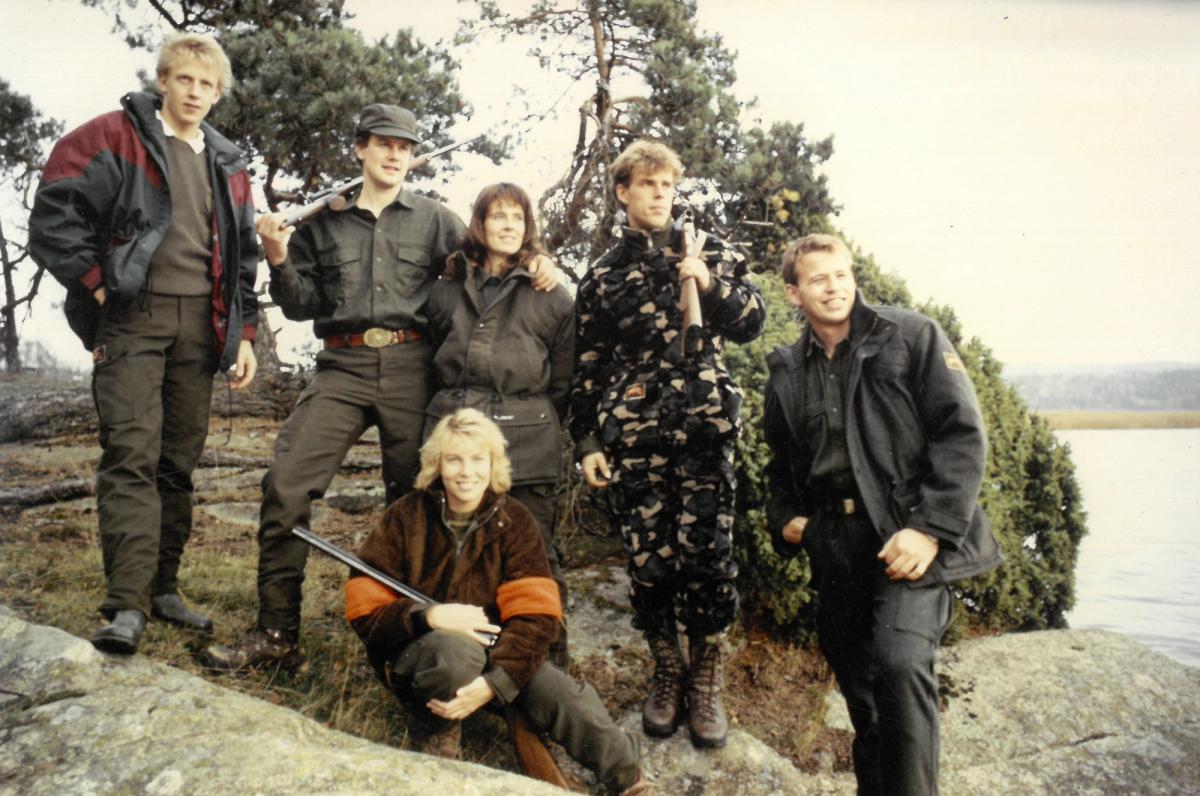
The brand's evolution is based on practical hunting experiences in Nordic forests, and Härkila is owned by the Danish company Outfit International A/S, which has its headquarters in Greve, south of Copenhagen.
The Härkila hunting clothing saga started in 1985.
By then, the name Härkila had long since become synonymous with world-class hunting dog breeding. In 1952, Lennart Davidsson founded the Härkila dog kennel, breeding elkhounds and drevers (specialized Swedish hunting breeds).
Härkila catalog, year unknown
The kennel is named after the family farm between Gothenburg and Borås, passed down for 10 generations. Kennel Härkila quickly became known at Swedish hunting dog trials as Davidsson produced one hunting champion after another. In his lifetime, he participated in more than 1,000 hunting dog trials. The kennel, which today includes a much broader range of hunting dog breeds, has produced more than 300 hunting champions, probably a European record for a dog kennel.
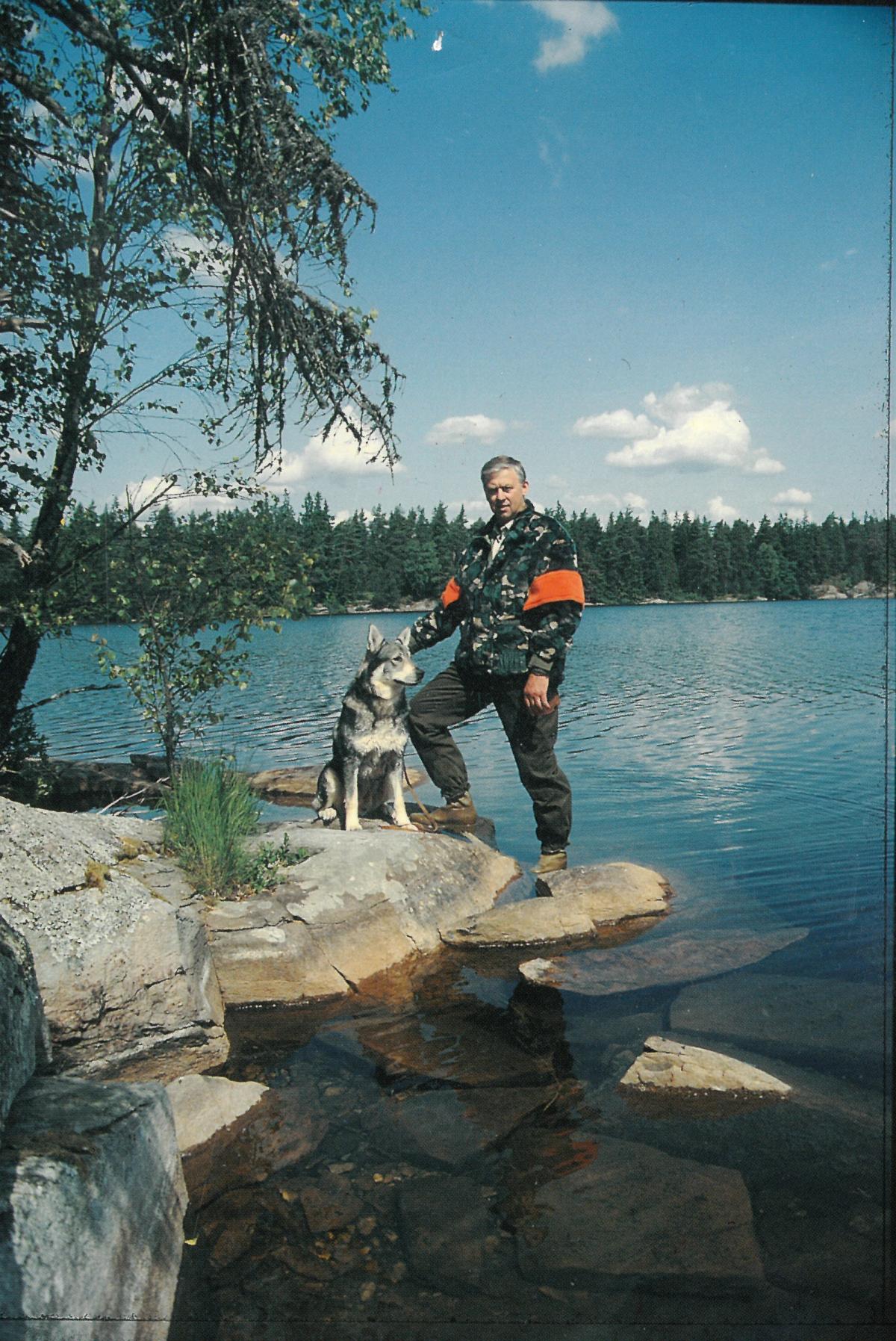
Of course, Lennart Davidsson's interest in dogs was based on his fervent passion for hunting, which his son Kjell Lennartsson inherited and still pursues more than most. Kjell has access to tens of thousands of hectares of hunting grounds from Västra Götaland in the south to Jämtland in the north. He hunts every day in September and October and some days every week for the rest of the season.
Kjell Lennartsson and his dog.
Back in the mid-1980s, Kjell was annoyed that the hunting clothing of the time was not very functional for the hard-working dog handler who stalks right up to the moose that his dog has put at bay in the forest.
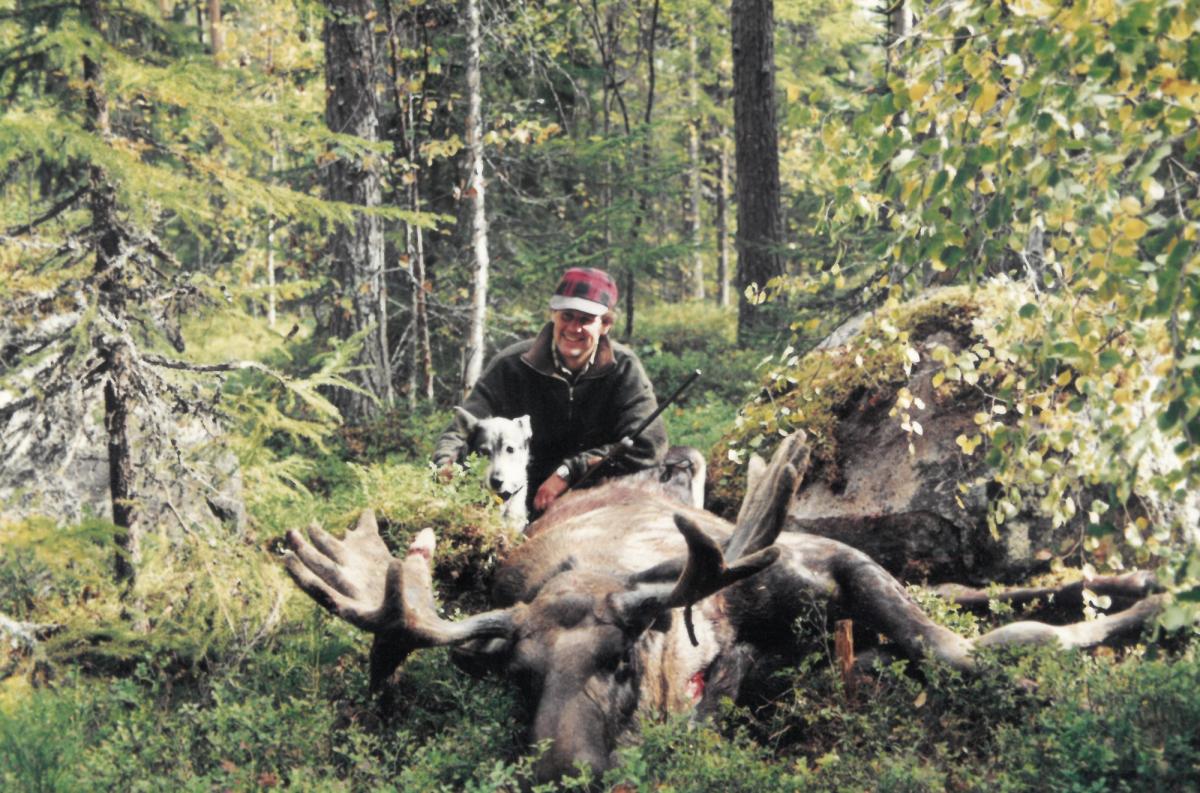
The waterproof clothes of the era couldn't breathe and made far too much noise while stalking the moose. The only alternative was to get wet and cold if the weather gods wanted it that way.
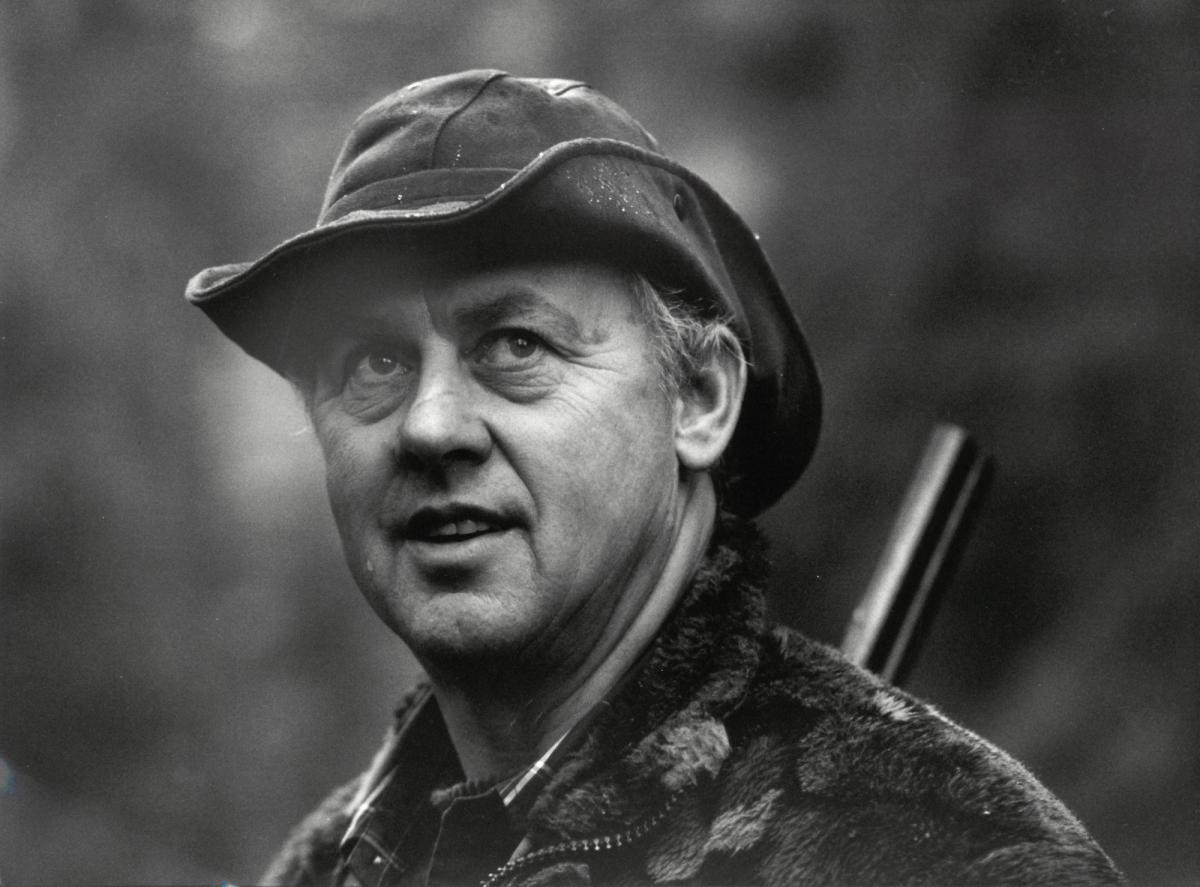
Groundbreaking new technology
In the 1980s, through a family friend, Kjell learned about a groundbreaking new textile product. A few years earlier, the American company Gore had developed a waterproof membrane called Gore-Tex that allowed the body to breathe by letting excess moisture and heat escape from the inside. A few small factories in Sweden had started using the membrane in functional sportswear, but this was in no way suitable for hunting with bright colors and loud outer fabric.
Kjell set out to develop a silent, waterproof, and breathable jacket that lived up to the functionality an elkhound handler needs. The development of a satisfactory prototype took two years. With his father as his sleeping partner, he negotiated with Gore for a license to use Gore-Tex in hunting clothing. Under normal circumstances, it would be unthinkable for the American textile giant to issue such a license to a company as small and inexperienced as Härkila. Still, Gore saw the opportunity to enter a lucrative market aimed at active hunters, and the license was granted.
The year was 1985, and the only employees in the fledgling hunting clothing company were Kjell Lennartsson and his wife Ingela.
Härkila's first product was a pile jacket with a Gore-Tex membrane liner. The product caused an immediate sensation. At the big Elmia hunting fair in Jönköping, Kjell presented the new jacket to Swedish hunters at an outdoor stand at the entrance. He demonstrated the jacket's waterproofness by spraying it with a high-pressure washer without water passing through. The alternative approach resonated so much with the Swedish media that Härkila got featured on national Swedish TV news.
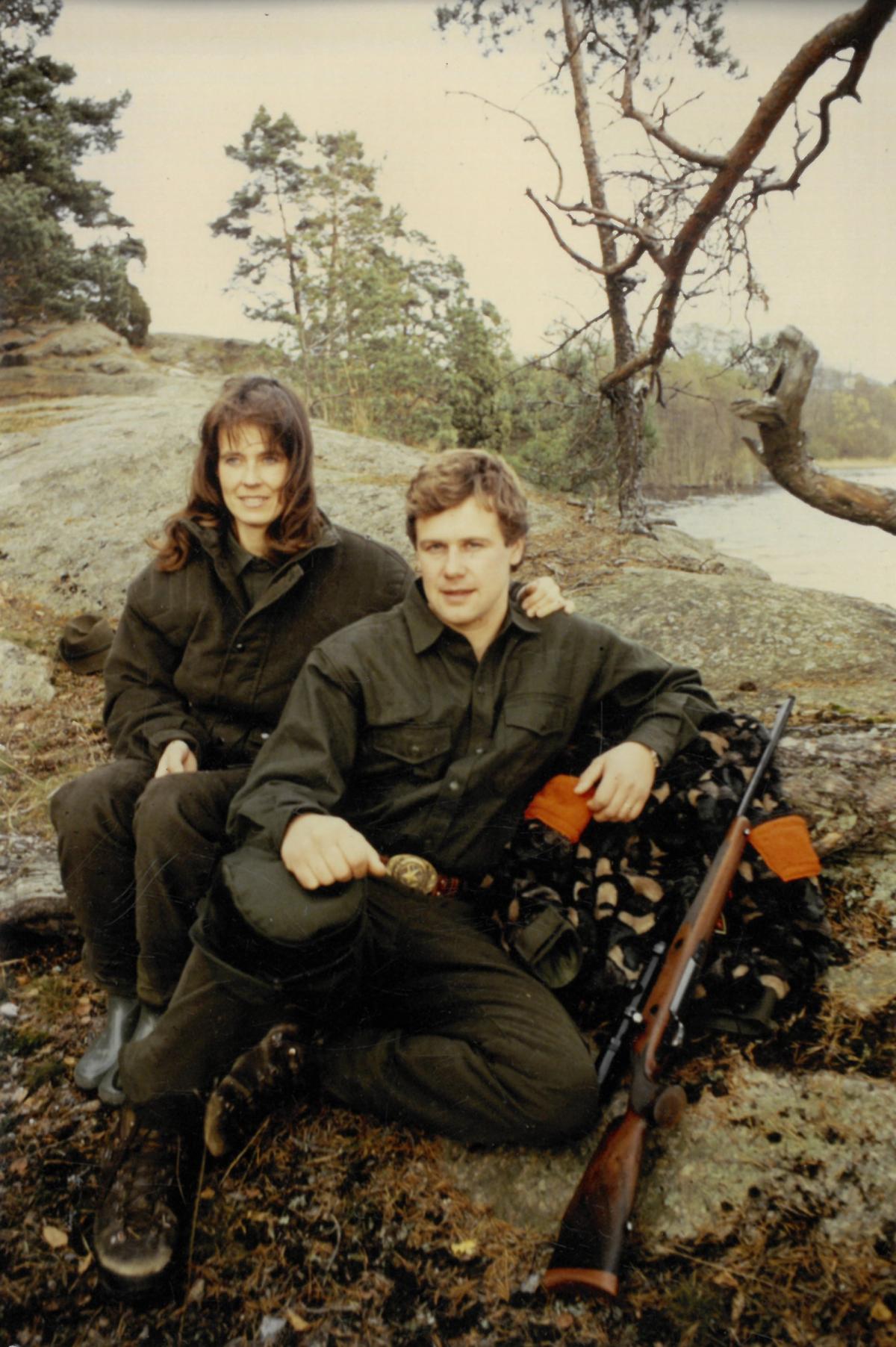
Härkila was the first to offer breathable and functional hunting clothing in Scandinavia. The products were much more functional than the products that the more conventional competitors had to offer. Word of the new brand quickly spread among the most active hunters in Sweden and Norway. Hunting magazines tested the products, and the reviews were very positive. The timing was perfect, the design was fit for purpose, and the technology opened up unprecedented opportunities. Sales were initially made directly from the start-up company to end users. The customers were predominantly Swedish and Norwegian.
The forest was the design laboratory
Kjell listened to his customers and developed and introduced new products as demand and sales increased. The pile jacket was followed relatively quickly by functional hunting trousers. The development focused on hunting-relevant and functional details. It was clear to Kjell early on that Härkila's clothing, in addition to functionality, should be characterized by long durability. Using high-tech materials such as Gore-Tex meant that the products were significantly more expensive than the conventional products of the time. Customers, therefore, also expected the products to last longer.
Kjell Lennartsson and his dog.
In 1992, Härkila introduced the Lappmark hunting outfit.
It was an ultra-functional and strong garment sewn in the same strong fabric the Swedish Armed Forces used. Lappmark became a modern classic, and many of these outfits have served their owners for over 25 seasons.
Härkila catalog from 1993, page 6-7.
It was slow-fashion at its best.
Well-functioning clothing that lasts extremely long and thus ends up being a good investment compared to buying several sets of inferior hunting clothes that don't last nearly as long. Härkila was the first in the high-end hunting clothing market to offer a 5-year warranty on their best models. It was a groundbreaking move that resonated throughout the industry.
As an elkhound handler, Kjell was also interested in camouflage, which can make a crucial difference when the hunter gets close to the game. He studied the eyesight of game animals and found that science has established that they generally cannot see red. This means the game can't distinguish between green, brown, and red but sees blue and yellow.
With this knowledge, Kjell realized that the traditional blaze orange - the "road worker orange" most often used by hunters - is too bright because it contains too much yellow, which the game can see perfectly well. So, he took a deep breath and presented the hunting market with red as a signal color. It turned out to be a decision that competitors copied far and wide.
Takeover set the pace
Sometime in the late 1990s, Kjell Lennartsson and the owner of the Danish company Seeland, Carsten Nørgaard, developed good business chemistry. This led to Seeland taking over Härkila's distribution, freeing up Kjell's resources to focus even more on the all-important product development and production.
Seeland's vast European network quickly and efficiently spread Härkila's range to active hunters across the continent. Strong hunter support for the user-friendly products enabled an even greater focus on product development. In 2006, Seeland (now Outfit International) took over the brand that Kjell Lennartsson had built up over 24 years. It was important for Seeland that Kjell remained involved and participated in the continued product development.
In Kjell's words, the takeover was a huge success that set a new pace for Härkila, which experienced enormous growth during those years. At the same time, he avoided spending too much time in an office. He could spend much more time hunting, working the dogs, and thinking about better and more functional hunting clothes.
European "hunting uniform"
Over the years, Härkila has launched a few models that have become easily recognizable design icons in the hunting world. These include the Pro Hunter hunting outfits (which replaced the Lappmark). With the usual focus on durability, a new extra-durable outer fabric from a manufacturer in Borås, Sweden, was chosen for this hunting clothing line, resulting in extreme durability. You'll find plenty of Pro Hunter outfits if you frequently participate in Scandinavian hunts. My oldest set is now more than ten years old and shows no visible signs of wear and tear.
Härkila model, AW22, Pro Hunter Move 2.0 GTX jacket
Another hunting classic is Härkila's windproof and reversible Kamko fleece jacket, which the company introduced in 2010. The first model (still a bestseller) is brown on one side and red on the other (in line with the company's research on game color vision). Kjell Lennartsson vividly remembers how the unique design that allowed the jacket to be reversible became a reality.
The taping over the seams did the trick, allowing Härkila to get by with a single membrane, thus achieving far better breathability. If you visited a large hunting fair anywhere in Europe in 2015-2020, you would often see more than one in ten visitors walking around in a Kamko. The jacket became an inter-European hunting uniform. It was so popular that Härkila became Europe's largest Gore Windstopper membrane buyer. The model has since been copied far and wide, another testament to good design.
Härkila, AW23, Kamko Camo Reversible WSP jacket
A seminal time for hunting clothing
Nowadays, it's hard to imagine a time when rain, sleet, and snow meant either getting cold and soaked or staying home. In the mid-1980s, when Kjell Lennartsson developed the prototype of the first waterproof Härkila jacket, Scandinavian hunters wore oilskins, wool sweaters, and heavy green cotton jackets that were not remotely waterproof.
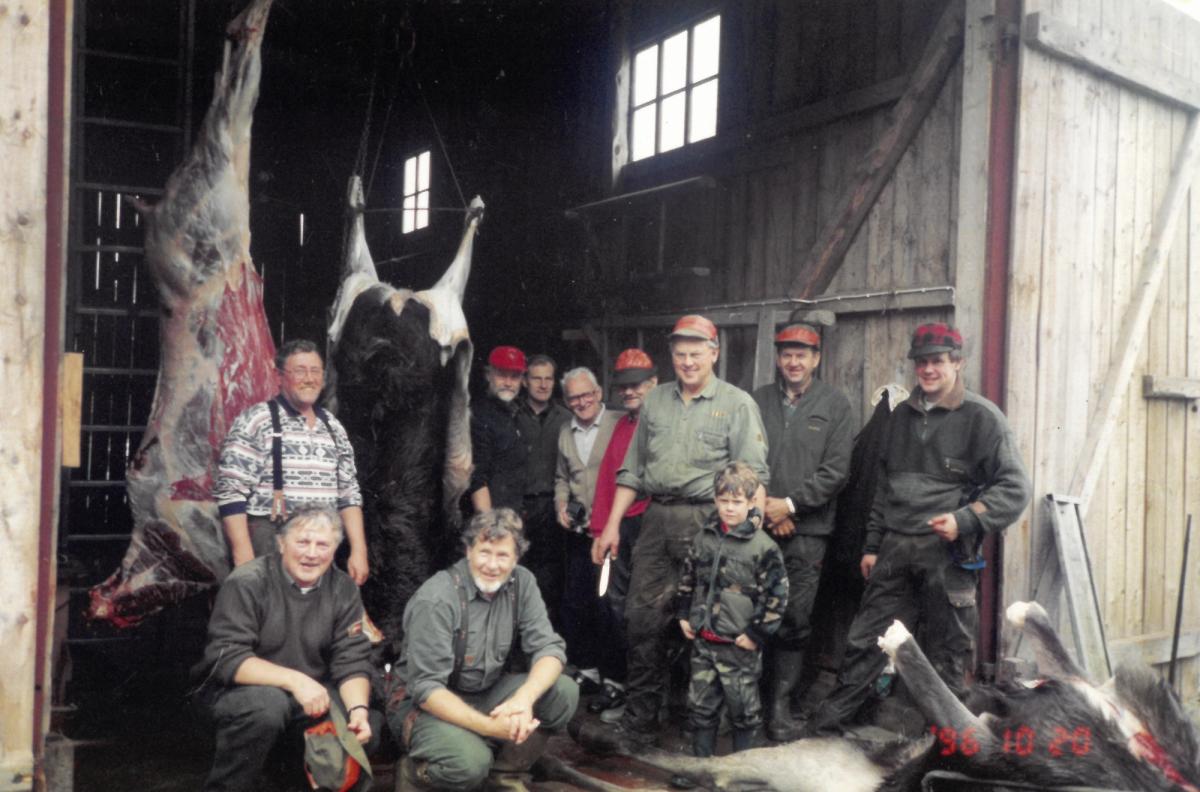
The last four decades have arguably seen the most progress in the development of functional hunting clothing - and it has made a world of difference to the hunting and outdoor experience, which can now be enjoyed to the fullest regardless of the weather. Throughout the brand's lifetime, Härkila has been a first mover regarding functionality, design, and technology. Industry engines like Härkila accelerate technological development, and the world's hunters have a lot to thank Härkila for—and certainly, a lot to look forward to in the decades to come.
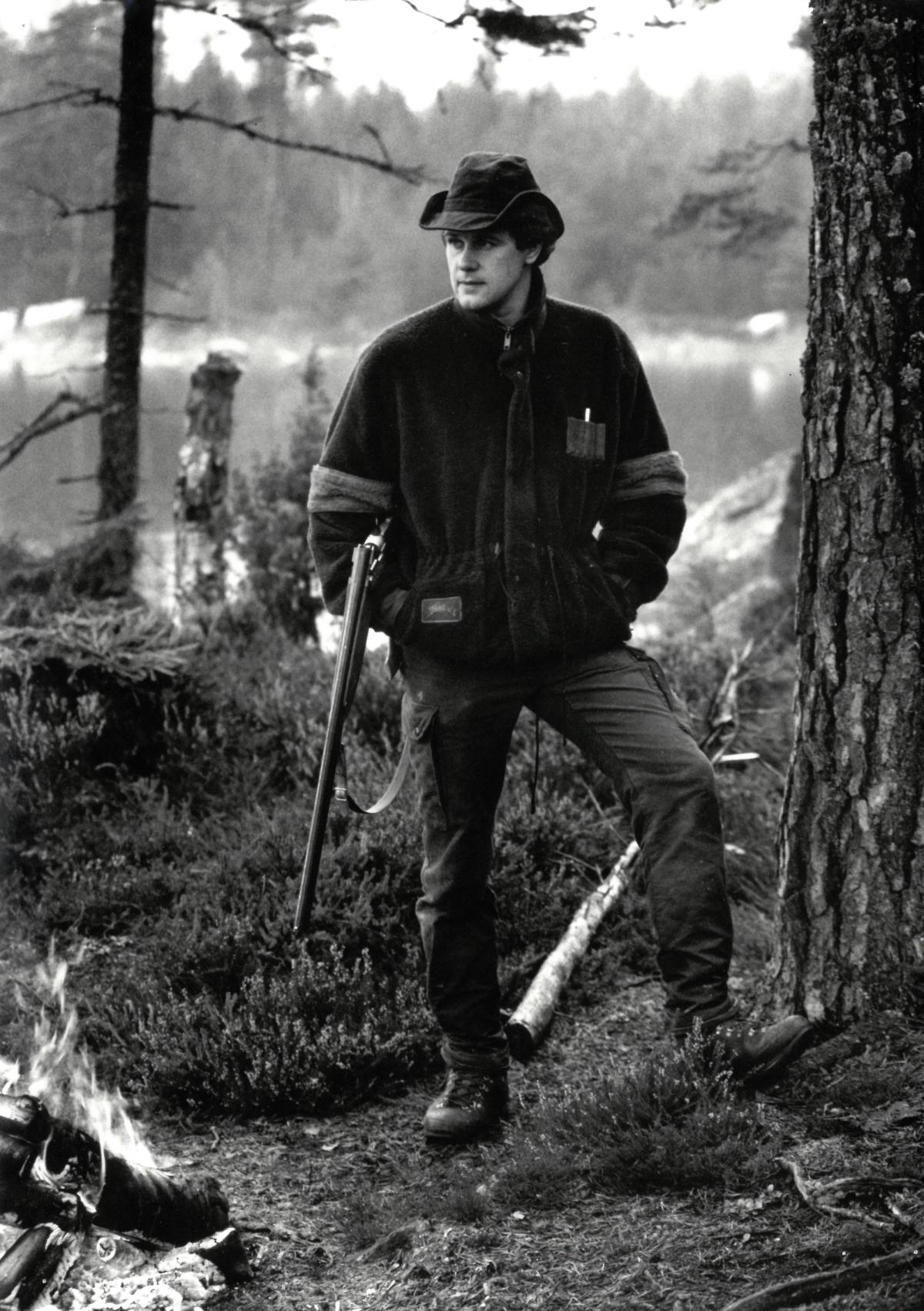
Thank you for celebrating our anniversary and for being part of our Härkila community!
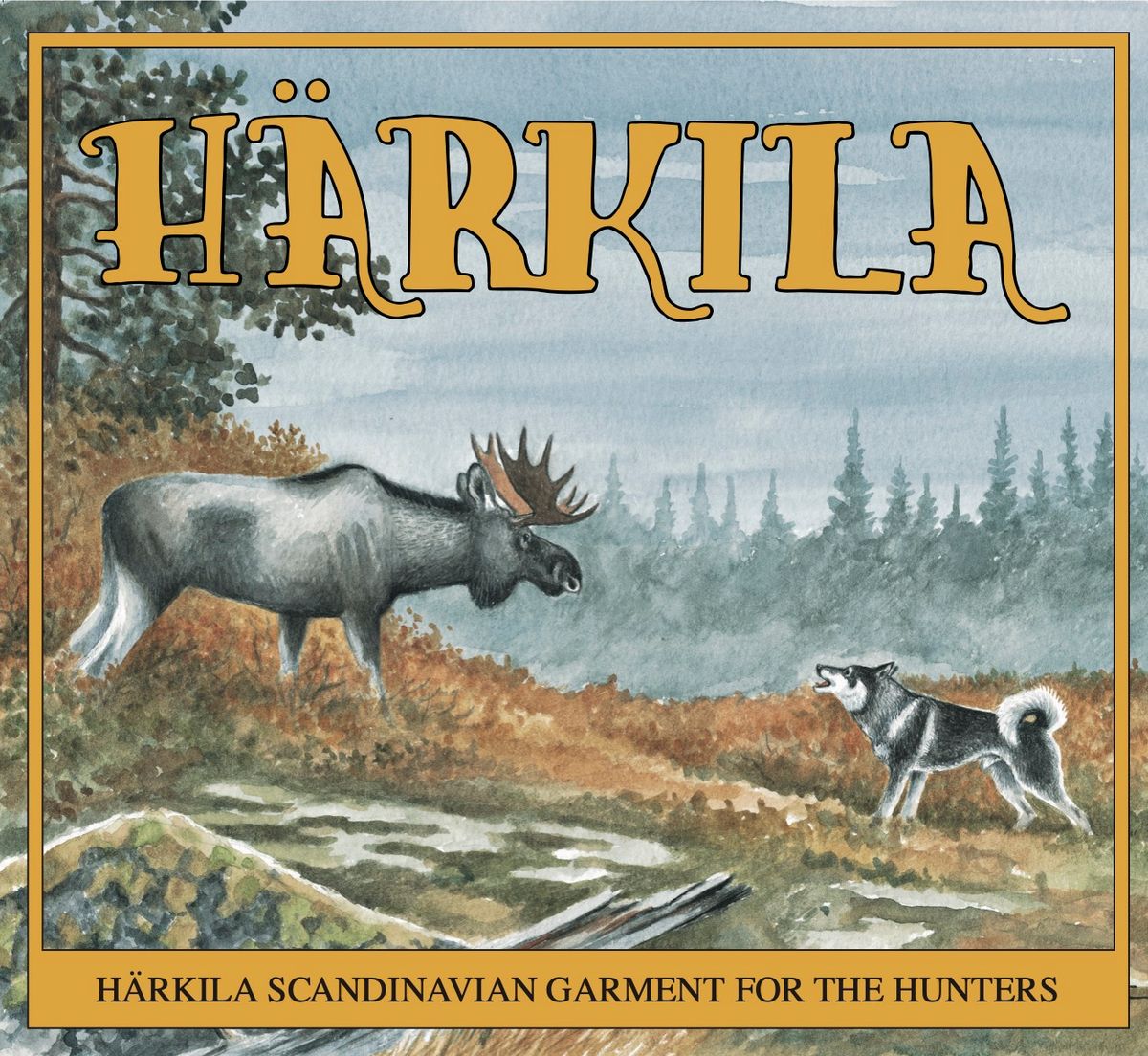
Learn more about our 40 year anniversary, the founder, and much more by visiting: https://harkila.com/de-de/40y
About the author
Jens Ulrik Høgh
Hunting historian and Denmark's sharpest observer of national and international trends in hunting and nature conservation.